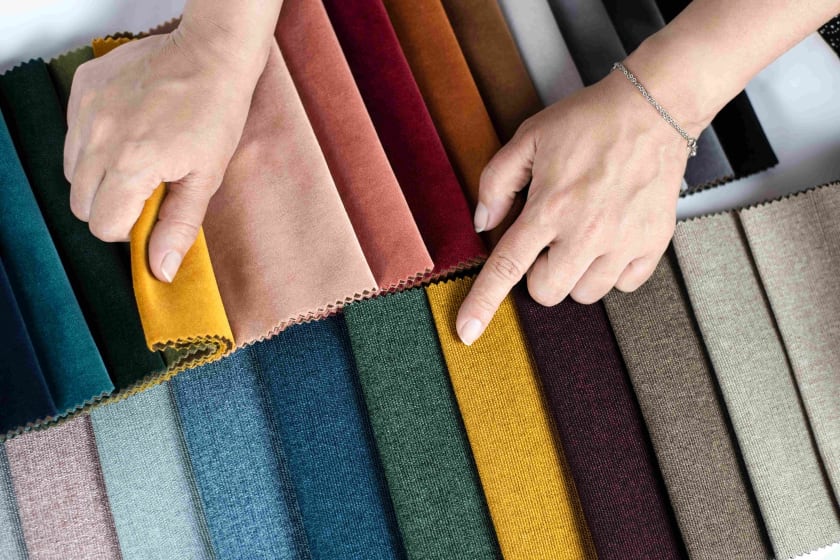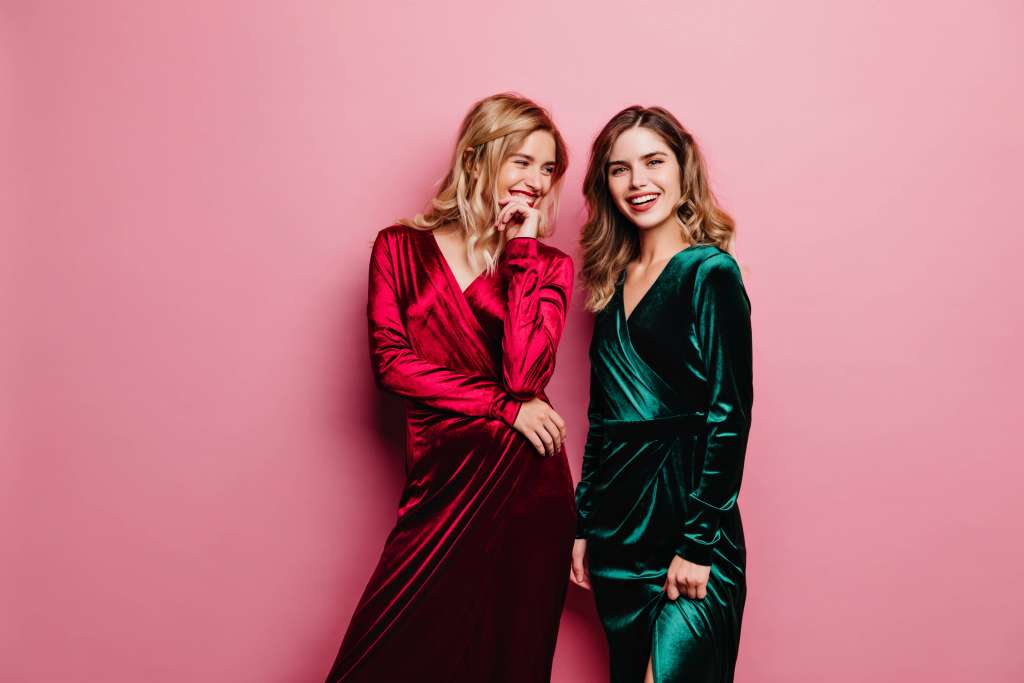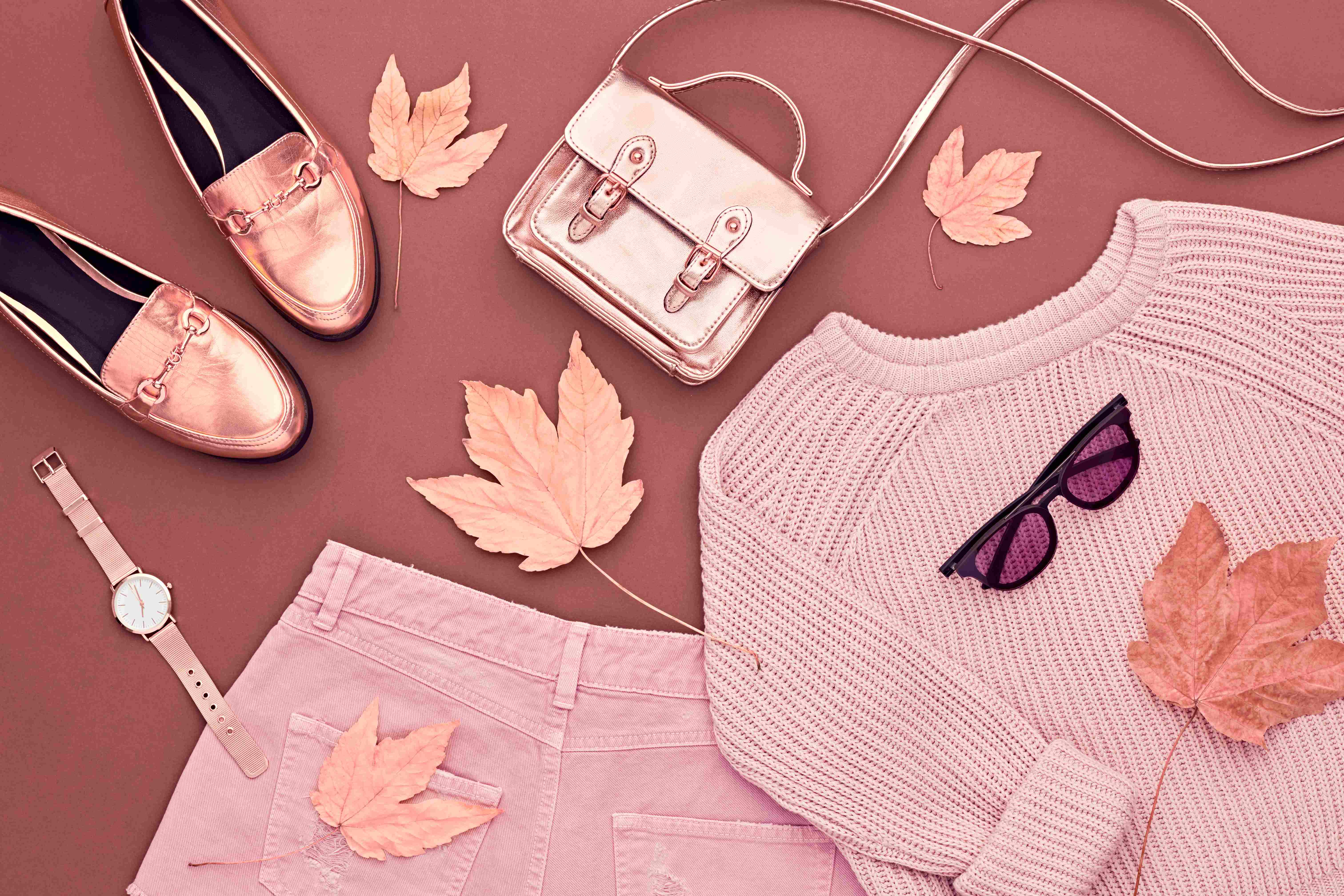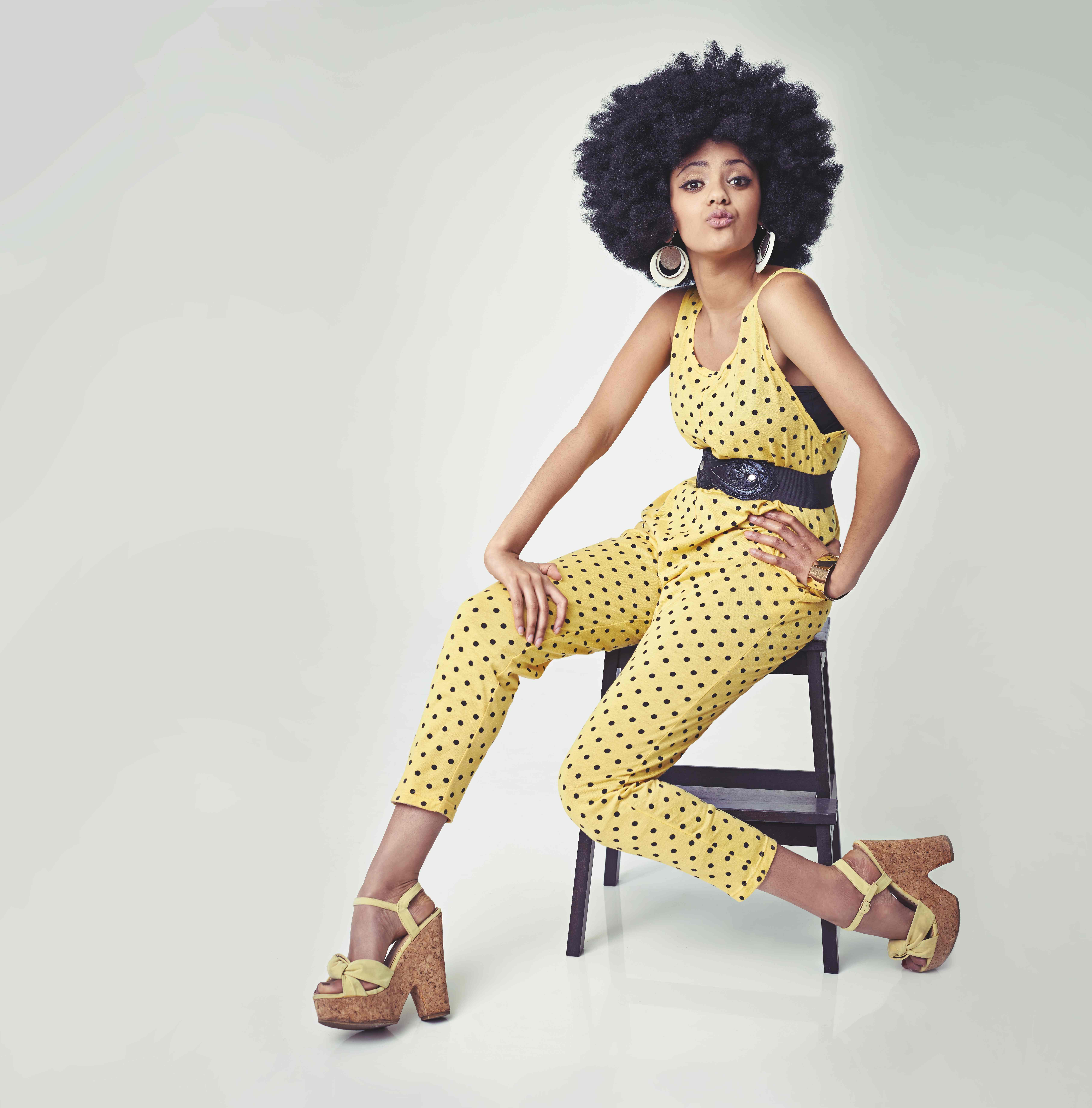Lookout for sustainable fabrics to ace the ‘90s fashion trends



Summary: New colors, patterns, textures, and fabrics are set to define the fashion scene in 2023. One thing is for sure: the undercurrent of the ‘90s fashion trend is strong and so is the need for sustainable sourcing of fabric. Brands need to make sustainable fabrics key to their outings.
Consumers' fascination with nineties nostalgia in fashion continues unabated as we enter a new year. One possible reason could be that the trends at that time were truly unhinged in the best possible way. People are now getting creative with self-expression through their fashion choices, and this has left a wide canvas for brands and designers to play on.
Look Out for Fabrics with Added Value
But it is not as easy as it sounds. Brands are charged with the task of not only incorporating everyday comfort into the fabrics and outfits they make but also providing added values such as sustainable fabrics, weather protection, antimicrobial properties, and durability. On these parameters, the search this season and beyond should look for fabrics that provide extra comfort to the nineties nostalgia.
It’s Cabincore, Loud and Clear
The comfort factor of the fabric that seeped in after staying indoors for months during the pandemic has now been sought after even in outdoor wear. Cabincore is a trend that underscores the need for fabrics that keep the wearer both warm and cool, as well as designs that underline a zero-waste approach. The performance and technical fabric have to lean towards natural fibers.
Eco-friendly options are available in the form of organic cotton, linen, and hemp. Natural pigment dyes, harmless chemical washes, and biodegradable denim make a statement.
Let’s look at the current trends and fabrics that blend well to create fashion statements in 2023.
Trendy Shackets in Flannel
Flannels were worn as shirts but mostly tied around the waist for the grunge look in the ‘90s. The fabric is made out of cotton and wool for winter outfits and plain cotton with synthetics for summer outfits. It is one fabric that never really went out of fashion, though it had its highs and lows.
The good news is that this brushed-up fabric is back to being used in a wide variety of shirts, shackets and cardigans. The fashion brands would do well to stay away from the synthetic blended flannels and, if at all they have to use them, ensure that they are made out of eco-synthetic material.

Luxurious and Soft Velvet
Another fabric that is back in circulation is soft and luxurious velvet, which is being used vividly in sleepwear, jackets, dressy pants, and wrap dresses. Because of the characteristics of short pile fibers, velvet has a beautiful drape and a unique soft and shiny appearance. It has been given an elegant twist on tailored coats as well.
The velvet fabric was initially made from silk, which made it expensive and best suited for evening wear and dresses. For everyday wear, cotton, wool, linen, mohair, and synthetic fibers are used to make the clothes less expensive. Again, manufacturers should not go overboard with the use of velvet and must ensure the sustainable sourcing of velvet while designing their collections.
It is Sheer Glamour at the Show
It's difficult to shake the image of Kate Moss in a sheer gown from the minds of those born in the 1990s. Sheer dresses have made a comeback with a vengeance after a hiatus of nearly 25 years. The sheer fabric that is used for upmarket evening dresses is usually made of either cotton or silk. For everyday wear, synthetic fibers such as polyester, nylon, or a mix of both of these fibers are used.
Brands attempting to keep up with the trend must use fabric with caution, as the natural fabric has a comfortable feel but comes at a cost, and those with synthetic blends can be a little uncomfortable or have a glitzy look.
Denim Trend on the Roll
Several denim trends have been playing out at the same time over the past few years. A range of leg shapes and rises are trending. Denim that is heavier, stretchier, and non-stretchy—reminiscent of the 90s look for ladies—is gaining popularity.
With the relaxed baggy trend in jeans, brands can afford to be free-flowing. They should be aware, however, of new technology being used to make denim less harmful to the environment. Denim players can go easy on chemical wash and water usage and also pay attention to the ethical sourcing of cotton.
Joe Jeans, an American denim brand, offers a looser and wider fit in keeping with the trend cycle. But the brand is going experimental with a new fabric called "heirloom," a denim twill line with a softer feel and the perfect amount of stretch using sustainable materials.
Sustainable Sourcing is the Key

According to fashion observers, the key materials this year are satins, pleated chiffon, sheers in various textures, mohair knits and weaves, flannel, jacquard, dobby weaves, and evergreen denim. The only caveat is that designers have to look for sustainable fiber alternatives to these materials. In preparing for their new collections, brands have to be more open to recycled polyester and denim, plant-based viscose, and Tencel.
Key Takeaways
- The influence of the '90s on fashion trends is here to stay.
- Brands have to be more eco-conscious in their choice of fabrics.
Fashinza offers comprehensive manufacturing solutions for fashion brands, including design assistance, fabric sourcing, and quality production.
Connect with Fashinza for all-around manufacturing assistance.



















